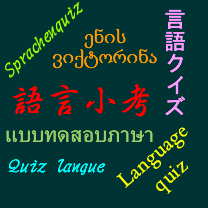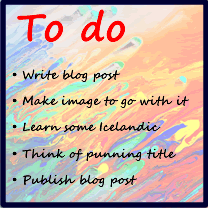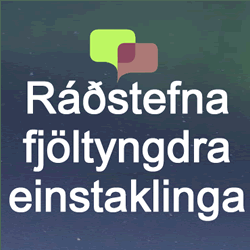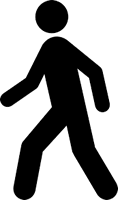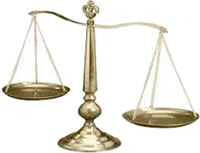
How many drams are there in an ounce?
If you are familiar with the British Imperial System of measurement, you might know that there are 16 drams (dr) to an ounce (oz), and 16oz to a pound (lb).
There is an even smaller unit, the grain: there are 27.344 grains to a dram, 437.5 to an ounce, and 7,000 to a pound.
I knew about pounds and ounces, but hadn’t come across drams before, except as a Scottish word for a measure of whisky. Grains are also new to me as a unit of measurement.
When talking about weight, particularly people’s weight, using the imperial system, the stone is used, at least in the UK (1 stone = 14 pounds). For example, you might weigh 9 stone 7 (pounds). In the USA you would say 133 pounds, and in metric it would be 60.3kg. So if you want to weigh less, just give your weight in stones and pounds.
The next unit after the stone is hundredweight (cwt). In the UK a (long) hundredweight = 112 pounds, and in the US a (short) hundredweight = 100 pounds. Then there are 20cwt in a ton, so a UK (long) ton 2,240 pounds (160 stone), and a US (short) ton is 2,000 pounds.
The above are known as avoirdupois measurements. To weigh precious metals, troy units are used: 1 pound = 12 ounces. 1 ounce = 20 pennyweight. 1 pennyweight = 24 grains. Slightly simpler, but still more complex than the metric system.
Avoirdupois comes from the Old French avoir + du + pois (good of weight)
Troy comes from Anglo-Norman via the Middle English troye, and is possibly named after Troyes, a town in France where such weights were first used.
Pound comes from the Old English pund (a pound, weight), from the Proto-Germanic *pundą (pound, weight), from the Latin pondō (by weight), the ablative form of pondus (weight), from the Proto-Indo-European *pend-, *spend- (to pull, stretch).
Ounce comes from the Middle French once (ounce, a little bit), from the Latin uncia (1/12 part), from ūnus (one).
Dram comes from the Old French dragme, from the Late Latin dragma, from the Ancient Greek δραχμή (drakhmḗ – unit of weight, a handful), from δράσσομαι (drássomai – I hold, seize).
Source: Wiktionary
Thanks for Ellen Jovin for inspiring this post.

